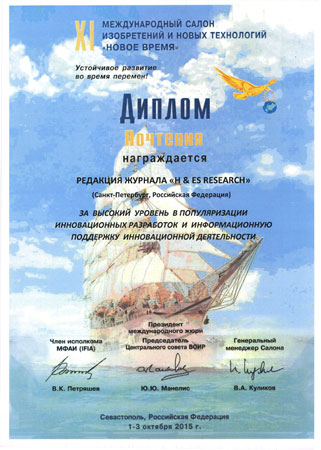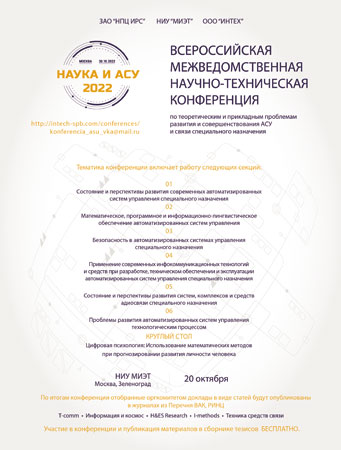It is considered the mathematical approach to calculation of routes of unmanned vehicles on the Euler graph of reference points on the ground. The methods for constructing of the objective function of the graph based on algebraic and number-theoretic approach are compared.
The objective graph function as a polynomial of several variables reaches minimal zero value on the sets of vertices of the graph which are the closed routes on the graph. Algebraic approach leads to the objective function as a sum of several polynomials. The first augend takes into account the information about permanence of the minimum length of closed route of Euler graph passing through all edges once. The other augends represent the combinatorial frequency of the vertices of Euler graph in the optimal closed routes of minimal length which is equal to a half of their multiplicity. Analysis of an algebraic objective function as a sum of polynomials shows possibility of finding of closed routes on various Euler models of this graph on the example of the specific graph. Number-theoretical approach leads to construction of the objective function as a polynomial. The theoretical basis for construction of the objective function in this approach are theorems of uniqueness of the representation of integers as a sum in the s-number system and on the uniqueness of a rational number as an irreducible ratio of product of powers of different primes. The mathematical model of route calculation on the graph is based on minimization of s-and- p-multiplicative objective functions of the graph made by genetic algorithm. The effectiveness of the routes calculation has been studied using by means of the constructed objective functions of the graph. Minimal required time is achieved by route calculation using the whole s-objective function. Number-theoretical approach makes it possible to construct the objective functions for extra-large graphs and points to the connection with the distribution of primes and the theory of p-adic numbers. All constructed number-theoretical objective functions have the specificity of achieving the minimum which is equal to zero only on optimal closed routes of the minimal length graph. The interconnection of the applied problem of unmanned aerial vehicles routing on the ground with the mathematical problem of optimization on the graphs by means of number theory and genetic algorithm is shown.



















